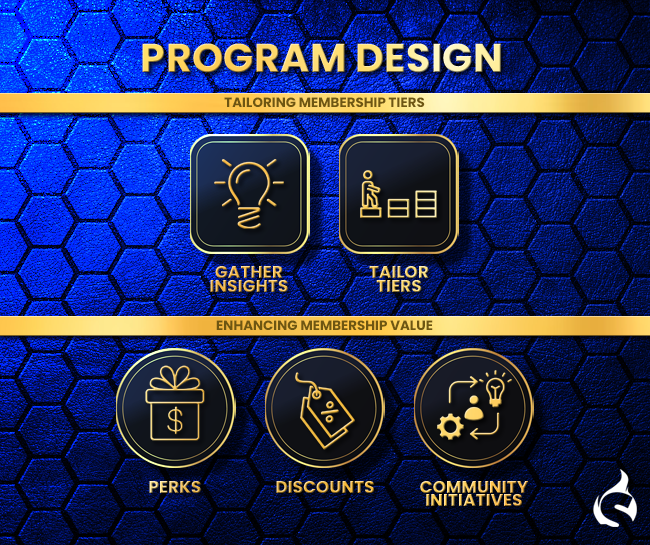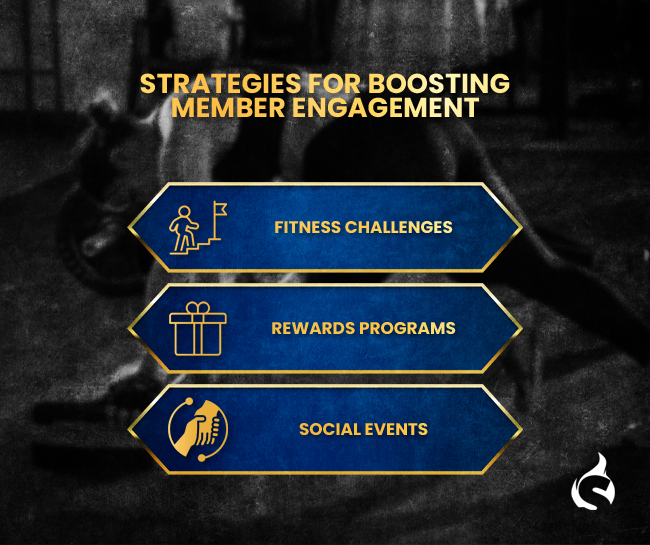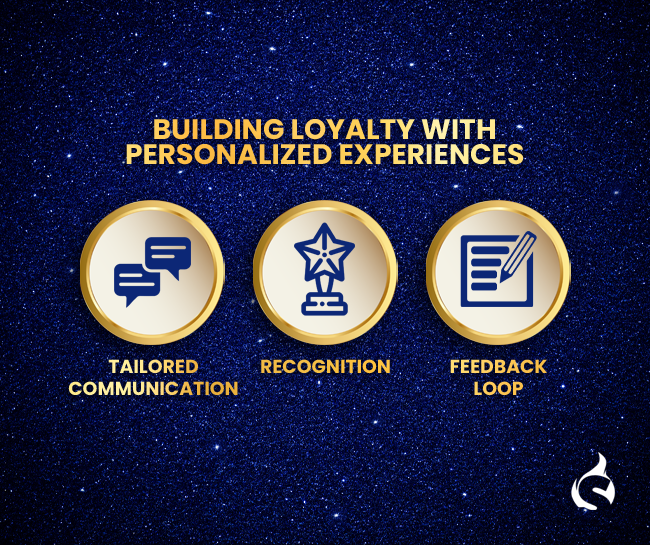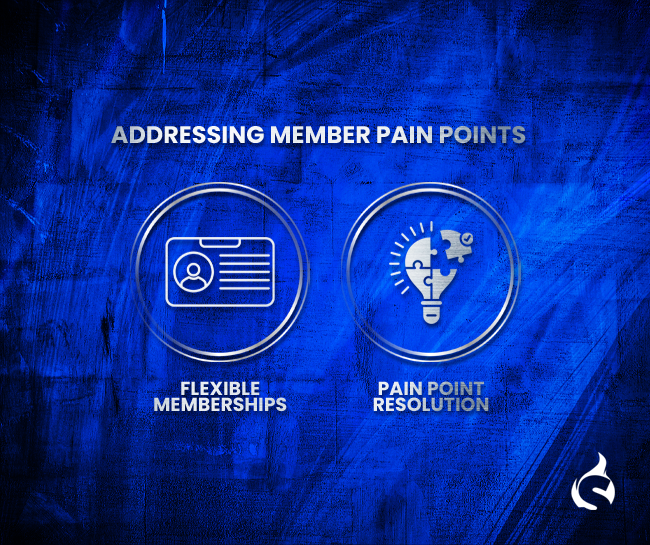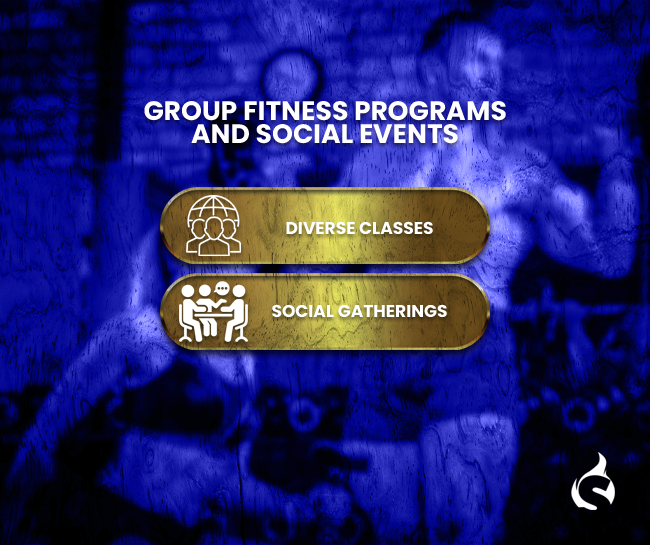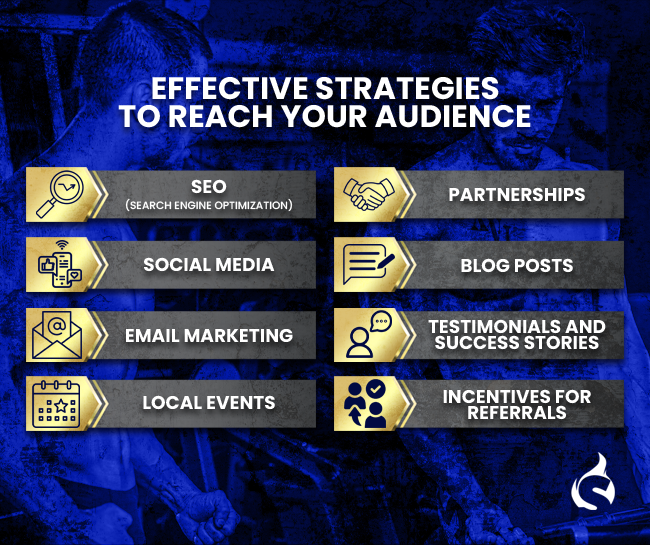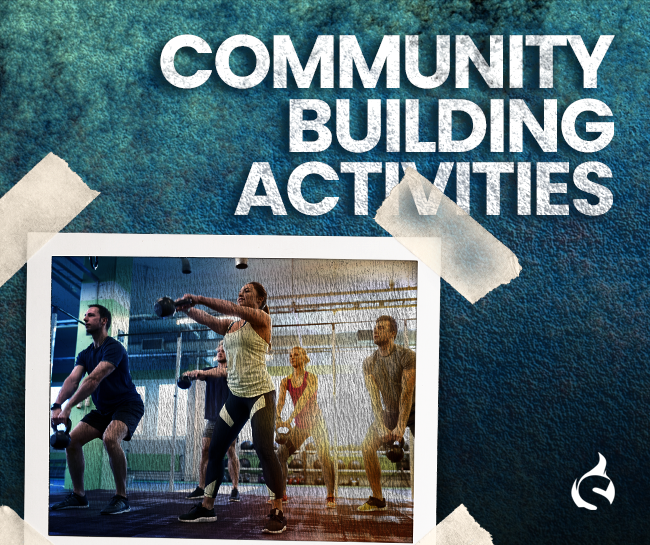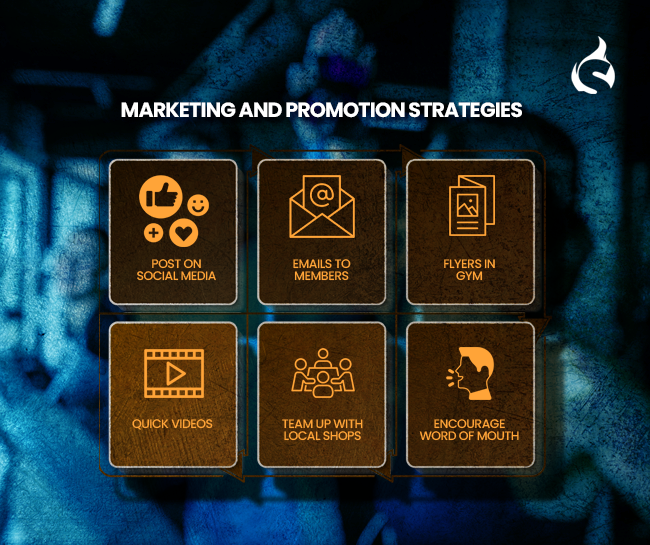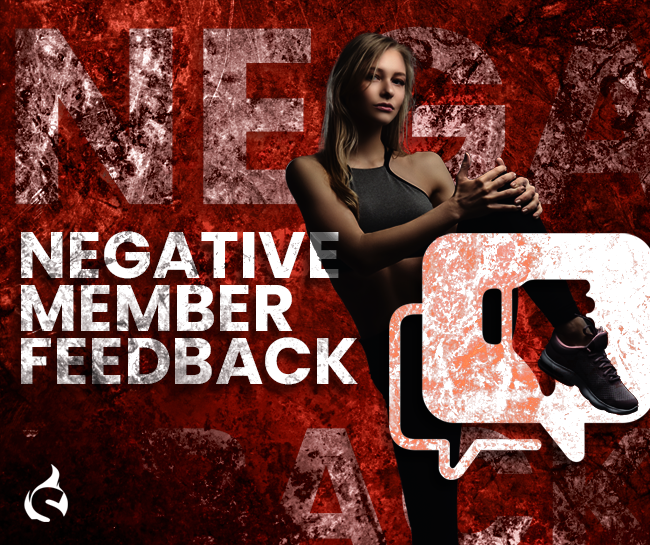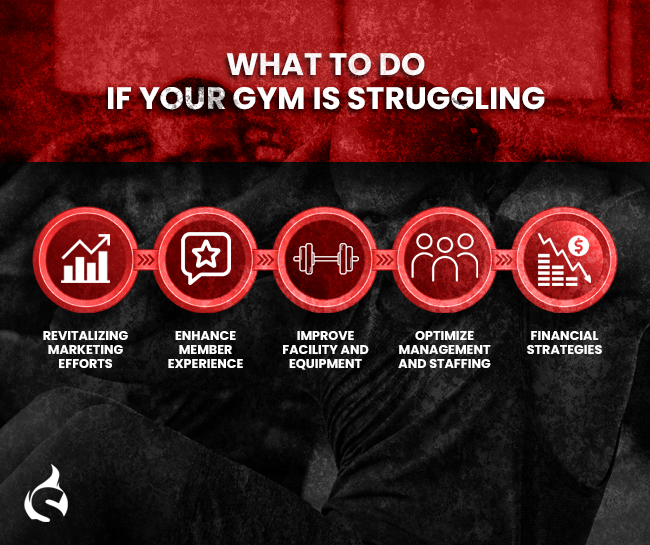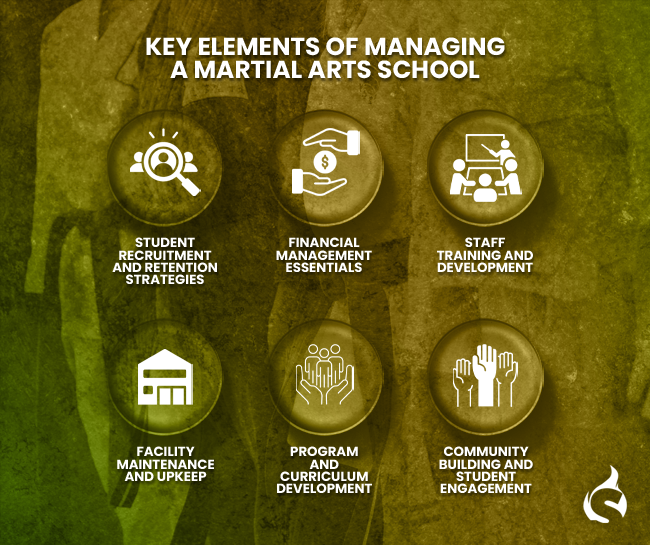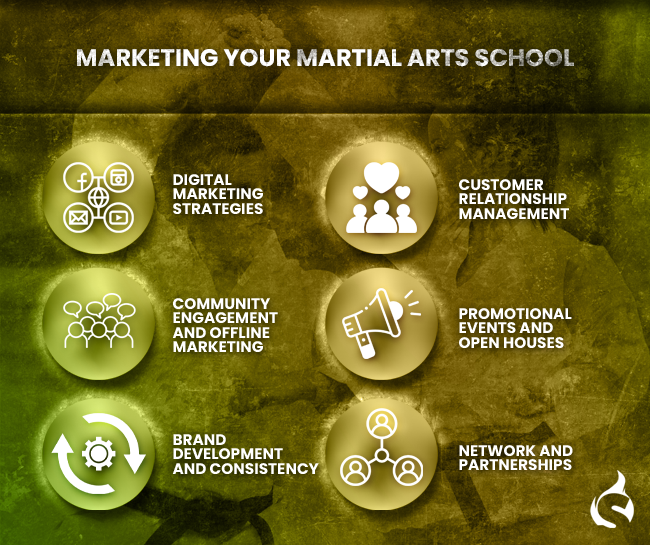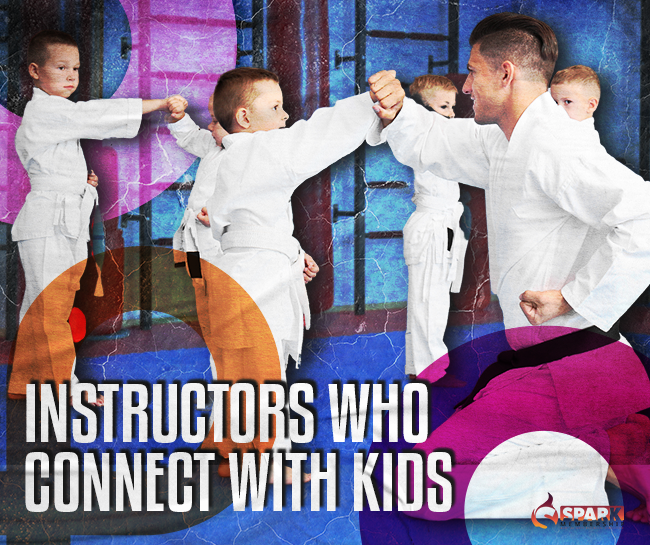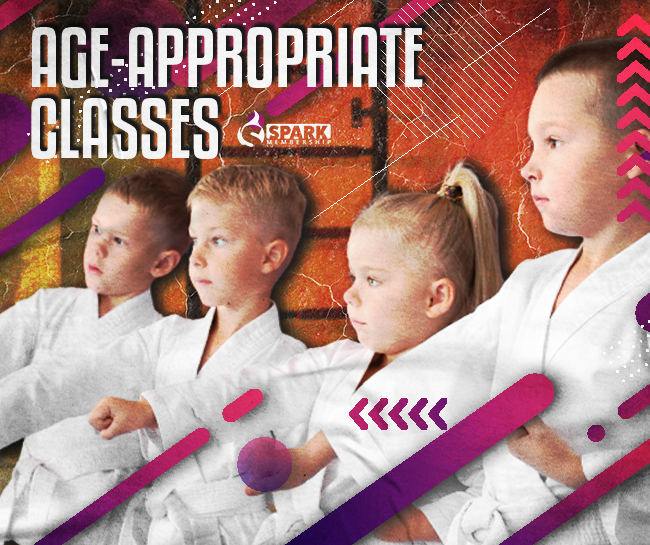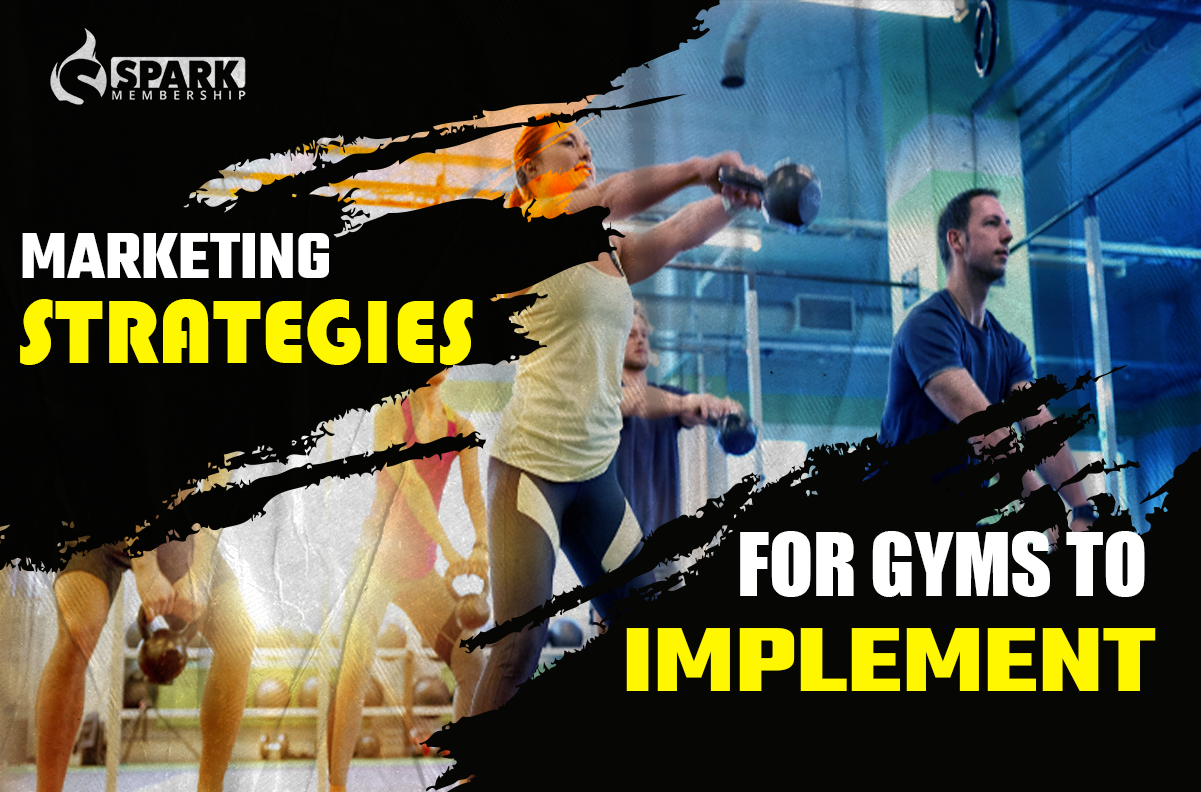
As people become more health-conscious, the fitness industry is booming, with gyms and fitness clubs popping up everywhere. Standing tall among these is Pilates – a unique blend of strength, flexibility, and mindfulness that’s capturing hearts. If you’ve been dreaming of opening your own Pilates studio, navigating through the fitness world’s current wave, you’re in the perfect spot. This guide is your first step into the Pilates scene, a realm where passion for wellness turns into a profitable business. Dive in as we unravel the essentials of launching a Pilates studio that not only stands out but thrives in the expanding world of fitness.
Is a Pilates Studio a Good Investment?
Wondering if diving into the Pilates studio business is a wise choice? You’re in good company. Here’s a quick snapshot of the industry that might just tip the scales for you:
- As of 2023, there are 42,134 Pilates & Yoga Studios in the US.
- That’s an increase of 2.3% from 2022, highlighting a steady growth trend.
This uptick isn’t just impressive on paper; it reflects a growing appetite for Pilates, suggesting a ripe market for new studios. But, as every seasoned studio owner knows, opening your doors is just the beginning. Success hinges on several key factors:
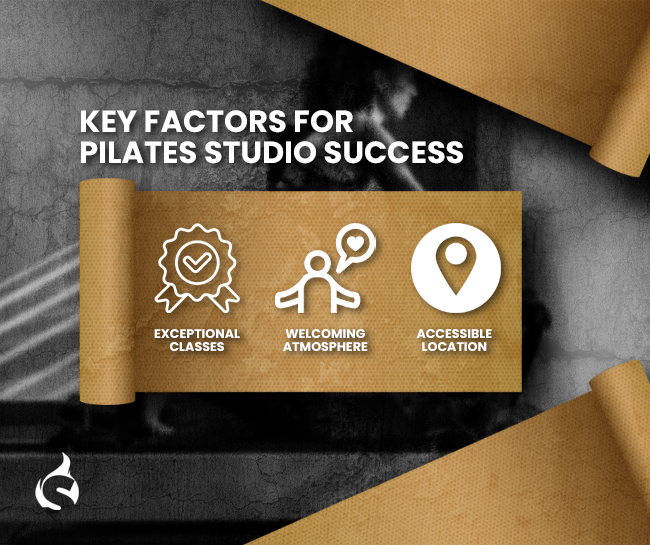
- Exceptional Classes: Your sessions need to stand out. It’s all about quality, variety, and that special touch that makes your clients keep coming back.
- Welcoming Atmosphere: First impressions count. Your studio should be a place where everyone feels at home, encouraged, and supported.
- Accessible Location: Easy access is crucial. Your studio needs to be where it’s convenient for your target clientele to get to.
Drawing inspiration from successful studios can give you a blueprint for what works. They often share these qualities, painting a picture of what it takes to thrive in the competitive world of Pilates. If you’re all in to make your mark, getting to know the ins and outs of these success stories can be your stepping stone. The Pilates community is growing, and there’s room for studios ready to make a difference.
How Much Room Do You Need?
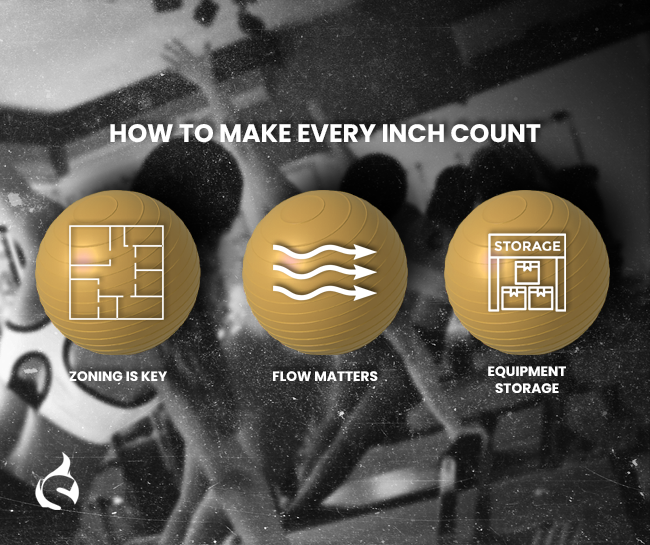
When it comes to setting up your Pilates haven, size does matter, but it’s more about smart use than just square footage. Think cozy, not cramped; spacious, not sprawling. A sweet spot for many studios is somewhere between 1,200 to 1,500 square feet. This size isn’t just a random pick; it balances the need for personal space in sessions and the room needed for group classes and essential equipment.
Here’s how to make every inch count:
- Zoning is Key: Divide your space thoughtfully. Have clear areas for one-on-one sessions, group classes, and maybe a little nook for clients to chill pre or post-workout.
- Flow Matters: Layout your studio so everyone can move around smoothly. No one likes to trip over mats or bump into machines.
- Equipment Storage: Pilates gear is bulky. Plan for smart storage solutions that keep things accessible but out of the way.
Your studio’s layout is more than just a floor plan; it’s about creating an atmosphere where clients feel motivated and instructors can do their best work. A well-thought-out space can transform a simple workout session into a rejuvenating experience, making your studio the go-to spot for Pilates lovers.
Essential Equipment for Your Pilates Studio
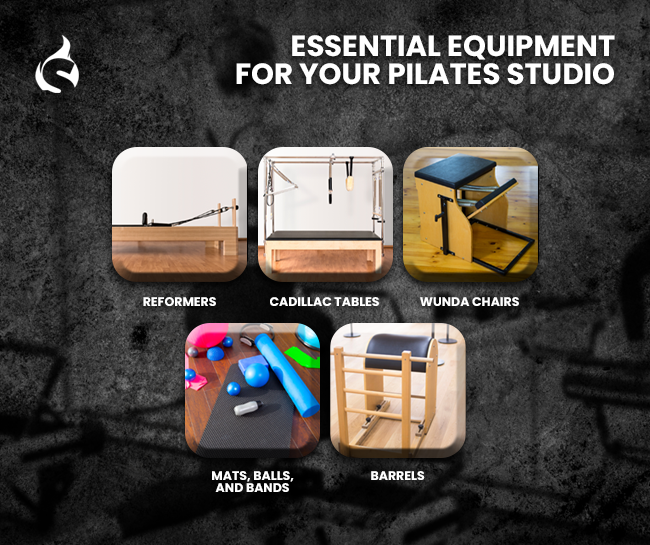
Equipping your Pilates studio is like stocking a kitchen for a master chef: you need the right tools to whip up unforgettable experiences. Here’s a rundown of the must-haves and how to smartly invest in them:
- Reformers: The bread and butter of any Pilates studio. You’ll want enough for group classes, but keep quality and longevity in mind over quantity.
- Cadillac Tables: These are like the deluxe kitchen gadget that not every home has but makes a world of difference when you do. Perfect for advanced exercises and rehabilitation sessions.
- Wunda Chairs: Compact and versatile, these chairs are great for small spaces and offer a wide range of exercises.
- Mats, Balls, and Bands: Think of these as your Pilates studio’s spices – essential for flavor but won’t break the bank. They’re great for mat classes and adding variety to any session.
- Barrels: For those deep stretches and core strengthening exercises, barrels are a must. They come in different shapes and sizes, so consider your space and client needs.
Investing wisely means choosing quality that lasts and grows with your business. It’s tempting to fill our space with every gadget and gizmo, but remember: the best studios create magic with the essentials, focusing on the experience rather than the inventory. Start with the core equipment, and as your studio grows, you can add to your collection. This approach keeps your initial costs manageable and ensures your studio is equipped to offer top-notch Pilates sessions from day one.
Expenses in Opening a Pilates Studio

Crunching the numbers on opening a Pilates studio can feel a bit like planning a big party – you’ve got to budget for everything from the venue (your studio space) to the party favors (equipment and supplies). Here’s a realistic look at what you’ll be investing in to get your studio off the ground:
- Lease or Purchase: Securing a spot for your studio is probably your biggest expense. Prices swing wildly based on location, so hunt around for a place that balances affordability with accessibility.
- Outfitting Your Space: This isn’t just about equipment. Think about flooring, mirrors, sound system, and maybe a fresh coat of paint. It’s all about creating a vibe that welcomes and inspires.
- Equipment: We’ve touched on this, but remember, quality trumps quantity. Start with the essentials and expand as you grow.
- Licensing and Insurance: Dotting the i’s and crossing the t’s here will save you headaches down the line. Make sure you’re covered for all eventualities.
- Marketing: You could have the best studio in town, but if nobody knows about it, those reformers are going to get lonely. Budget for some initial marketing to get the word out.
- Running Costs: Rent, utilities, instructor salaries, and ongoing marketing. These are your studio’s daily bread, so plan accordingly.
Launching your studio is an investment in your dream. Like any big event, there are upfront costs, but with savvy planning and a clear vision, your studio can become the go-to Pilates haven in your community. Remember, every dollar spent is building towards creating a space where people come to grow, strengthen, and connect.
Marketing Your Pilates Studio

Marketing is the lifeline that connects your studio to its potential clients. Effective strategies encompass a strong online presence, leveraging social media, and a user-friendly website. Highlighting the unique aspects of your studio and employing targeted advertising can attract a niche audience. Additionally, fostering a community through workshops and events can significantly boost your studio’s visibility and client base.
Opening a Pilates studio is not just a profitable venture but a fulfilling journey into the world of fitness entrepreneurship. The growing demand for Pilates, coupled with the right strategy and dedication, makes it a worthy investment. This guide has navigated through essential steps to opening a studio, from assessing profitability to marketing strategies, equipping you with the knowledge to embark on this exciting journey. We encourage you to pursue your passion for Pilates and transform it into a thriving business. For more insights or to download our comprehensive Pilates studio startup checklist, contact us today.
Maximize your Pilates studio with Spark Membership Software. Manage memberships, schedule classes, and automate billing effortlessly. Engage members, track growth, and integrate seamlessly with your website. Let Spark handle the details while you focus on your passion. Unlock your studio’s potential today!

